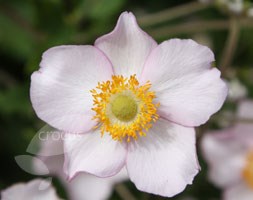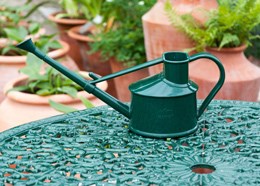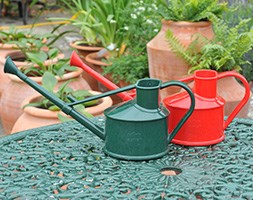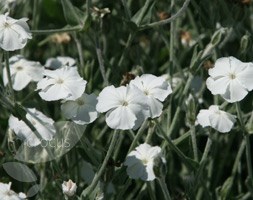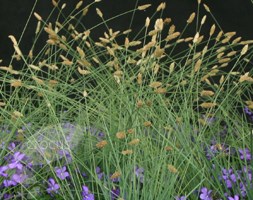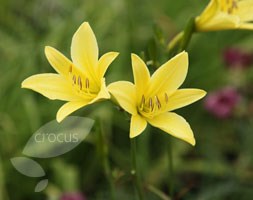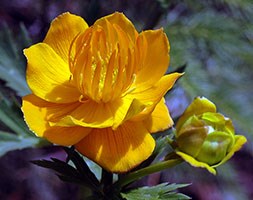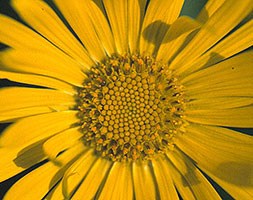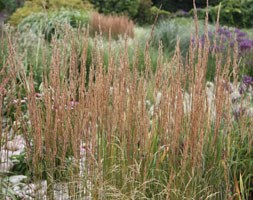New products at Crocus
by Sarah - June 2nd, 2014.Filed under: Crocus, New Products.
New items added today at Crocus
Gillenia trifoliata (Bowman’s root) £12.99
A pretty perennial that bears masses of irregularly star-shaped white flowers from late spring to late summer. In autumn the foliage turns fiery red and the winter seedheads are a bonus too. Ideal for growing as a cut flower. Position: partial shade Soil: fertile, well-drained soil, neutral to slightly acidic soil Rate of growth: average Flowering period: May to August Flower colour: white Hardiness: fully hardy Garden care: Divide congested plants in spring or autumn. Protect young shoots from slug attack
Anemone x hybrida ‘Robustissima’ (windflower) £7.99
Position: full sun or partial shade Soil: moist, fertile, humus-rich soil Rate of growth: average Flowering period: August to October Hardiness: fully hardy 5-petalled pink flowers appear on reddish-tinted stems for several months from late summer. This is a vigorous perennial, which spreads by suckering shoots to form good-sized clumps of attractive, lobed leaves. It is easy to grow in full sun or light shade and copes well with any good garden soil, as long as it is not waterlogged. Wonderful for adding late colour to the garden. Garden care: Cut back the stalks after after the flowers have faded, and tidy up old dead leaves in March, then mulch well. Avoid moving the plant since it resents disturbance. Where necessary lift and divide congested clumps in autumn or early spring.
Haws lightweight indoor watering can £7.99
This handy indoor watering can is engineered from premier grade, recyclable plastic for thick wall strength and long life. Its comes complete with long spout and a round brass face rose. Holds 0.7 litres of water.
Haws lightweight indoor watering can £7.99
This handy indoor watering can is engineered from premier grade, recyclable plastic for thick wall strength and long life. Its comes complete with long spout and a round brass face rose. Holds 0.7 litres of water.
Lychnis coronaria ‘Alba’ (white rose campion) £7.49
Position: full sun or partial shade Soil: fertile, moist, well-drained soil Rate of growth: average Flowering period: August Flower colour: pure white Hardiness: fully hardy Elegant, pure white, disc shaped flowers on slender, branching stems in late summer above clumps of downy, silver grey leaves. This wonderful white form of rose campion is perfect for the middle of a sunny, well drained border. Thriving in dry soils and full sun it associates well with other grey leaved foliage plants such as artemisia. Garden care: Apply a generous 5-7cm (2-3in) mulch of well-rotted compost around the base of the plant in early-spring. Cut back the faded flowerheads in late autumn It is worth keeping in mind that these plants are short lived perennials or bi-ennial, so although they usually self-seed freely, the plant will only live for a couple of years.
Sesleria nitida (nest moor grass) £6.99
Position: full sun or lightly dappled shade Soil: moderately fertile, well drained, neutral or slightly alkaline Rate of growth: average Flowering period: July to October Hardiness: fully hardy A native of central and southern Italy, this gorgeous little grass is grown mainly for its colourful foliage. It forms dense mounds of pale grey-green to grey-blue leaves, which stay on the plant throughout the year. In spring it throws up whitish green cone-shaped flowerspikes, that bobble about in the breeze. Once established it can be very drought tolerant, and it looks great in a herbaceous or mixed border or wildflower meadow. Garden care: Gently comb through the foliage in spring to remove some of the older foliage and to encourage fresh new growth.
Hemerocallis citrina (daylily) £5.99
Position: full sun Soil: fertile, moist, well-drained soil Rate of growth: average Flowering period: July Hardiness: fully hardy Masses of fragrant, greenish yellow, lily-like flowers, appear continuously in m id summer. It looks fabulous planted in drifts in a sunny mixed or herbaceous b order among ‘hot’ colours, or with cannas and montbretias as companions. The br ight green, strap-like leaves are semi-evergreen in mild areas, and soon form large clumps of strap-like foliage that helps to suppress weeds. Like most hem erocallis, it is robust and easy to grow, provided you follow the tips below. T o fully appreciate the sweetly scented flowers, which open late afternoon and last just one day, plant it close to an entrance or path. Garden care: The Greek term ‘hemerocallis’ means ‘beautiful for a day’, and daylilies need regular deadheading to prolong flowering and prevent their unsightly deadheads from dominating the scene. Each stem carries several flowers, so snap off each flower as it fades. When the stem has finished flow ering, cut it down to the ground. After the plant has finished flowering altoge ther, pull out the dead leaves. When the foliage is looking tatty, cut it down to the ground and fresh new growth will appear. Lift and divide every three years in spring to keep the rhizomes vigorous and apply a generous 5-7cm (2-3in) mulch of well-rotted garden compost or manure around the base of the plant. Water frequently from spring until the buds appear.
Trollius chinensis ‘Golden Queen’ (globe flower) £5.99
Bright orange early summer flowers with yellow centres and deeply divided mid green leaves. These, cheery buttercup-like flowers are perfect for the middle of a moist border or for planting at the margins of a pond or stream. To prevent the roots from drying out apply a thick mulch layer around the base of the plant in early spring. Position: full sun or partial shade Soil: moisture-retentive, fertile soil Rate of growth: average Flowering period: May to June Flower colour: orange Other features: divided, mid-green leaves Hardiness: fully hardy Garden care: Lift and divide large clumps in late autumn or early spring. In spring apply a 5-7cm (2-3in) mulch of well-rotted garden compost or manure around the base of the plants and water in very dry weather, to prevent the soil from drying out
Doronicum orientale ‘magnificum’ (Great Leopard’s Bane) £5.99
Flowering continuously from April to May, this cheerful plant is perfect for brightening shady borders and for use as cut flowers. Golden yellow daisy-like flowers held on slender stems above wavy edged, fresh green leaves. Thrives in moist, well-drained soil in partial shade. Protect young foliage from slug damage. Position: full sun or partial shade Soil: moist, well-drained, humus-rich soil Rate of growth: slow to average Flowering period: April to May Flower colour: yellow Other features: wavy edged, fresh green leaves , useful as cut flowers Hardiness: fully hardy Garden care: Use beer traps or slug pellets to prevent slug damage to tender, young leaves. Lift and divide large clumps after flowering in late spring. Goes well with: Tulipa ‘Golden Apeldoorn’, Nigella damascena ‘Miss Jeykll’, Potentilla fruticosa ‘Elizabeth’, Cerithe major, Muscari armeniacum, Iris germanica ‘Blue Rhythm’
Calamagrostis x acutiflora ‘Overdam’ (feather reed grass) £3.99
P osition: full sun Soil: dry or moist, humus-rich soil Rate of growth : slow-growing Flowering period: June to August Hardiness: fu lly hardy A tall, dramatic grass with an upright, architectural ha bit, this will stand to attention in a perennial border, or can be planted en ma sse as a screen. Fine leaves initially have yellow margins, which fade to white as the flowers emerge. Both the leaves and flowers turn a wonderful wheat colour in late autumn and should be left to add winter interest in the garden. Garden care: Although they can be plante d in light shade, the flowers of Calamagrostis cultivars tend to fall over witho ut sun. Cut ‘Overdam’ down to the ground in late winter, before the new shoots s tart appearing.








